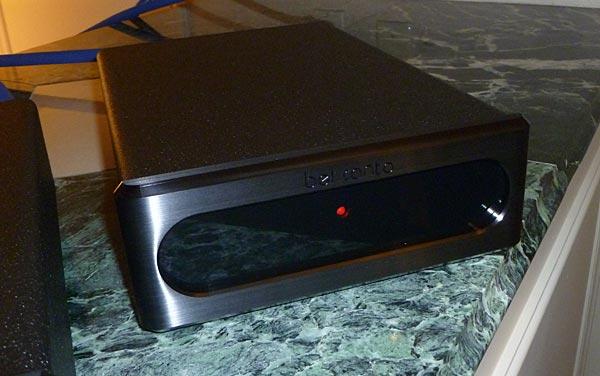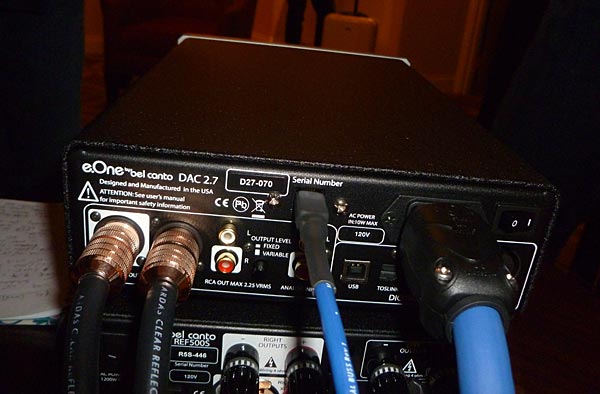It's NOT Toslink it's ST Fiber output. Look at image below.
Belcanto RefStream
This is a new technology; Belcanto's Asynchronous Networked Media Renderer 'The RefStream' connects your networked audio to your DAC. The RefStream works with 3rd party software (JRiver, PlugPLay, etc.) to control audio media from a NAS or computer environment while reducing noise. The unit is mains driven (Using LNS technology) and has an Ethernet (LAN) input connection. With ST Fibre, SPDIF and AES output connections.
The Belcanto Ref Stream utilises ultra high grade clocking technology with just 0.07 Picosec (RMS) jitter noise which equates to a more natural, musical and digital grain free sound.
An ideal companion to the Belcanto digital to analogue converters or other any quality Dac's.A superb streaming solution for those looking for a ultra high quality file based source.
Belcanto Refstream Specifications
•Input.....................................................10/100 Ethernet connection
•Master clock noise.........................................0.07 Picoseconds RMS
•Outputs.......................... 75Ohm BNC / AES XLR 110Ohm / ST fibre
•Formats.........................................WAV/AIFF/FLAC/ALAC/DSF/DFF
• Supported sample rates................44.1/48/88.2/96/176.4/192Khz
•Supported word lengths..........................................24bit and DSD64
Further Information
•Power Usage.....................................................................On 10 Watts
•Power Usage.......................................................................Off 0 Watts
•Dimensions:....................................W216 mm x D318 mm x H88 mm
•Weight............................................................................................7Kg







